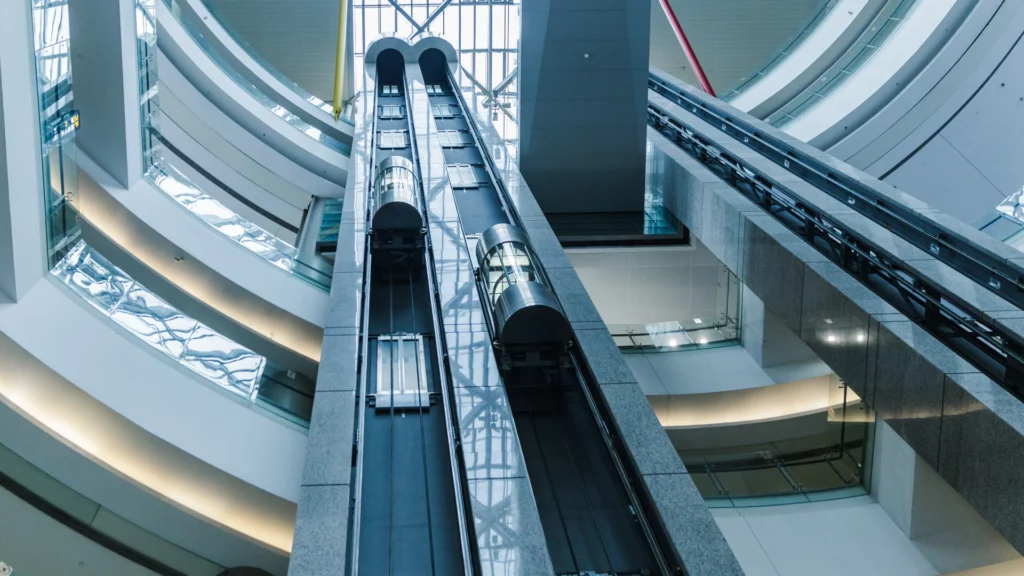The elevator control cabin is the nerve center of an elevator system, playing a crucial role in ensuring safe, efficient, and smooth vertical transportation. Over the years, advancements in control cabin technology have transformed the way elevators operate, enhancing user experience, optimizing traffic flow, and improving overall system performance. In this blog post, we will explore the significance of the elevator control cabin and the advancements that have revolutionized its functionality.
Intelligent Traffic Management:
Modern elevator control cabins are equipped with intelligent traffic management systems that optimize the movement of elevators within a building. These systems take into account factors such as passenger demand, traffic patterns, and waiting times to allocate elevator resources efficiently. By analyzing real-time data, the control cabin can dynamically adjust elevator assignments, minimizing wait times and congestion while maximizing passenger comfort and efficiency.Enhanced Safety Features:
The elevator control cabin incorporates advanced safety features that prioritize passenger well-being. Safety systems, such as emergency stop buttons, door sensors, and interlocks, are seamlessly integrated into the control cabin, ensuring the safe operation of the elevator. Additionally, modern control cabins are equipped with advanced monitoring and diagnostic capabilities, allowing for real-time monitoring of critical parameters and early detection of any potential issues, enhancing the overall safety and reliability of the elevator system.User-Friendly Interfaces:
Control cabins have evolved with user-friendly interfaces that enhance the passenger experience. Touchscreen displays, intuitive buttons, and clear signage provide passengers with easy-to-use controls and clear information about their destination and floor selection. Additionally, control cabins can integrate with building systems, enabling features such as access control, personalized settings, and destination dispatch, further enhancing user convenience and comfort.Energy Efficiency:
Advancements in control cabin technology have also focused on energy efficiency. Modern control cabins utilize energy-saving technologies such as LED lighting, motion sensors, and power management systems. These features minimize energy consumption during idle periods, reducing overall energy costs and contributing to a more sustainable and environmentally friendly elevator system.Connectivity and Remote Monitoring:
Control cabins now leverage connectivity and remote monitoring capabilities, allowing for real-time monitoring, data analysis, and remote control. Elevator service providers can remotely monitor the performance of the control cabin, identify potential issues, and proactively address them. Remote monitoring enables predictive maintenance, minimizing downtime and optimizing the performance of the elevator system.Adaptability and Future-Proofing:
Control cabins are designed to be adaptable and future-proof. They can integrate with emerging technologies such as artificial intelligence, machine learning, and the Internet of Things (IoT), offering opportunities for continuous improvement and innovation. As technology advances, control cabins can be easily upgraded and modified to accommodate new features and functionalities, ensuring that elevator systems remain at the forefront of technological advancements.


